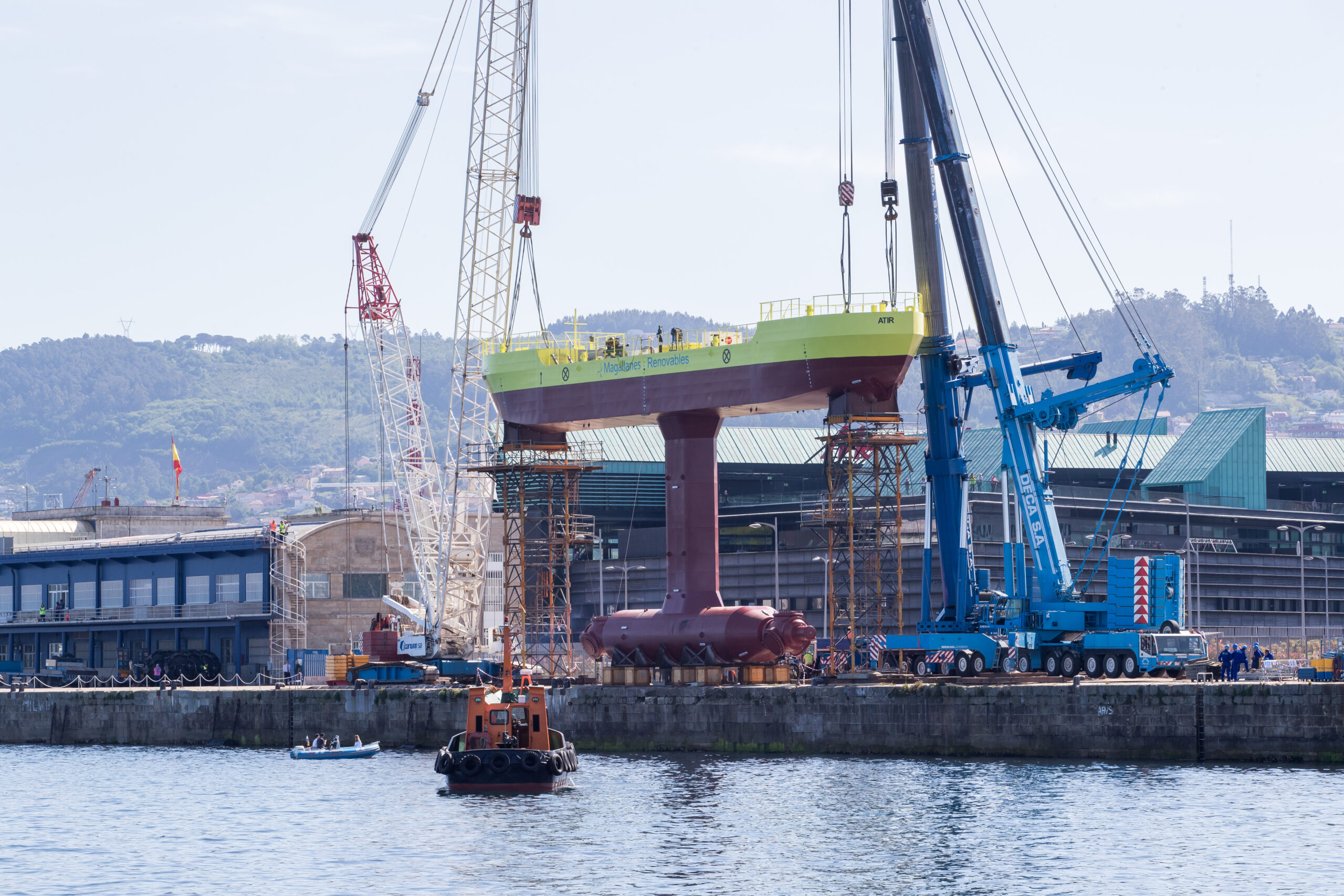
NEMMO study quantifies the environmental impact of its novel blade through a Life Cycle Assessment
The new tidal turbine blades being produced by the NEMMO project team should have a longer lifespan, lower operational costs and a lower environmental footprint than conventional blades.
The NEMMO team has performed a Life Cycle Assessment (LCA) of the project’s novel blade, led by Tecnalia. The study also included an LCA of two tidal energy farm scenarios, in which the turbines use the new project blades.
The main objective of the analysis was to quantify the environmental impact associated with tidal energy generation and the blades developed in the project, compared with other existing systems.
Methodology
The LCA study measured the environmental impact of tidal energy generation in each tidal farm. This was measured through four indicators recommended by the European Commission in the PEF (Product Environmental Footprint) guide as follows: climate change, freshwater ecotoxicity, land use and water use. The PEF guide is a multi-criteria measure of the environmental performance of a good or service throughout its life cycle, taking into account supply chain activities (from extraction of raw materials, through production and use, to final waste management).
The LCA addressed two main objectives:
• Quantifying all the energy and material flows required during the manufacturing process of the components of the tidal energy farms and throughout their useful life, paying special attention to the life cycle of the turbine blades; and
• Calculation of the most relevant environmental impact indicators associated with tidal energy generation and the blades developed in the project.
The study demonstrated that the emissions generated by tidal energy farms, using the NEMMO blade, are much lower than those of other conventional technologies. This study also concluded that scaling up the size of farms significantly reduces the overall environmental impact. The two scenarios used in the study are as follows:
• Scenario 1: A 34.5 MW installed capacity tidal energy farm, consisting of 23 platforms of 1.5 MW each.
• Scenario 2: A theoretical tidal energy farm of 100 MW of installed capacity composed of 30 platforms of 3.3 MW each.
In addition, when considering the impact caused by each kWh of electricity generated in a tidal energy farm, the LCA study found out that the materials needed to build the structure of the floating platforms and the mooring systems are the factors that cause the highest environmental impact. Furthermore, the study showed that the main environmental impact of the turbine blades is caused by the production of the materials used in its manufacture.
To conclude, recycling and eco-designing some components are effective ways to improve or reduce the environmental impact of tidal turbine blades, which the tidal energy industry should include as best practice in their future projects.